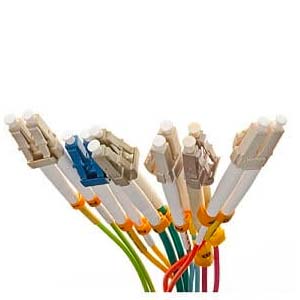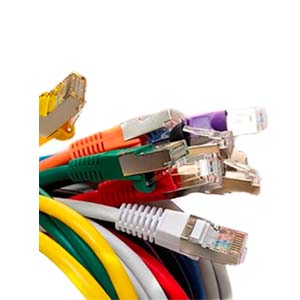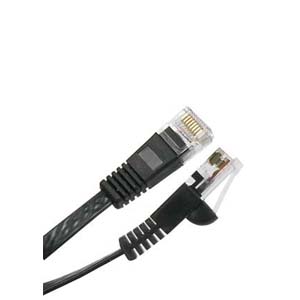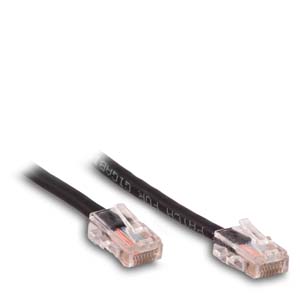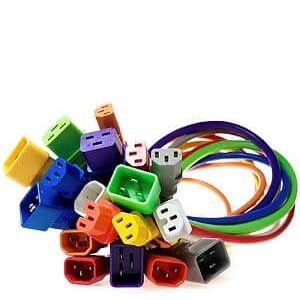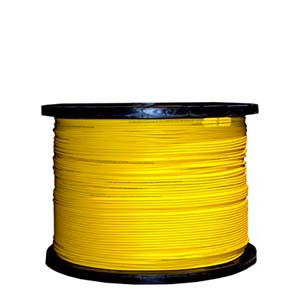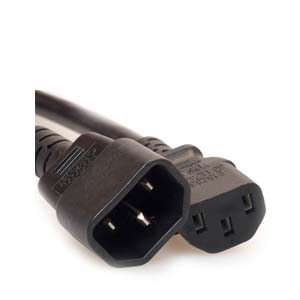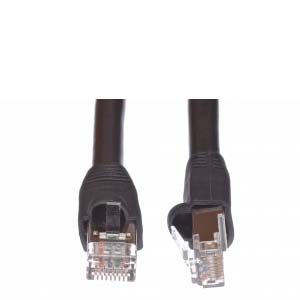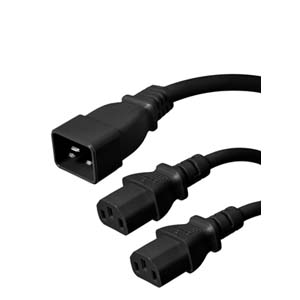Cables Blog
Fiber Optic Cable Types
Fiber Optic Cables - Single Mode and Multimode
Fiber optic cable types and uses. What are the different types of Fiber Optic Cables and their uses.
by Vikas Dayal • February 17, 2022
When it comes to optimizing telecommunications and corporate data networks, fiber optic cable is an essential component. It allows organizations to enjoy a long signal range, fast data transmission, and more reliability all in a thinner and lighter cable.
In this quick guide, you will easily understand the key features that make fiber optic cable a great choice for your network. You will become familiar with the questions you must ask when shopping for fibre, and the types of fiber optic cable you can select for your network.
More About Fiber Optic Cables
Fiber optic cable is also known as optical fiber cable. It is an instrument used to transmit data in the form of pulses of light. It travels through fibers made of plastic and glass. This great invention has remained a top choice for telecommunications applications and ethernet networking because of its rapid data transmission speeds even over long distances.
This innovative cable has transformed the speed at which data can be transmitted. Compared to traditional broadband connections, fiber optic cable speed is 20x's faster.
What is the maximum speed of fiber optic cable? The fasted speed in a business gigabit network is 10 Gbps up to 40Gpbs. The record speed ever documented was 1 petabit per second.
What is Fiber-Optic Cable Used For?
The various uses of fiber optic cables include:
- Telephone
- Cable Television
- Computer Networking
- Surgery and Dentistry
- Mechanical Inspections
- Lighting and Decorations
- Automotive Industry
- Military and Space Applications
- Many More
Where is Fiber Optic Cable Commonly Used?
Fiber optic cable is generally utilized in Computer Networking, Surgery and Dentistry, the lighting of vehicles, both in the exterior and interior. They are seen in various sectors for thousands of applications. The places where this type of cable is present are seen in just about most facets of our modern life.
Types of Fiber Optic Cable
There are two types of fiber optic cable, single mode and multi mode. "Mode" refers to the pulses of light that are transmitted. Single mode receives a single pulse while multi mode receives numerous pulses.
Because the single mode fiber receives a single pulse, it allows the propagation of one type of light mode at a time. Contrary to the multi mode fiber, which propagates multiple modes at the same time.
The fiber core diameter is the main difference between single mode and multi mode. Other variants include bandwidth, distance, cost, color sheath, light source, and wavelength.
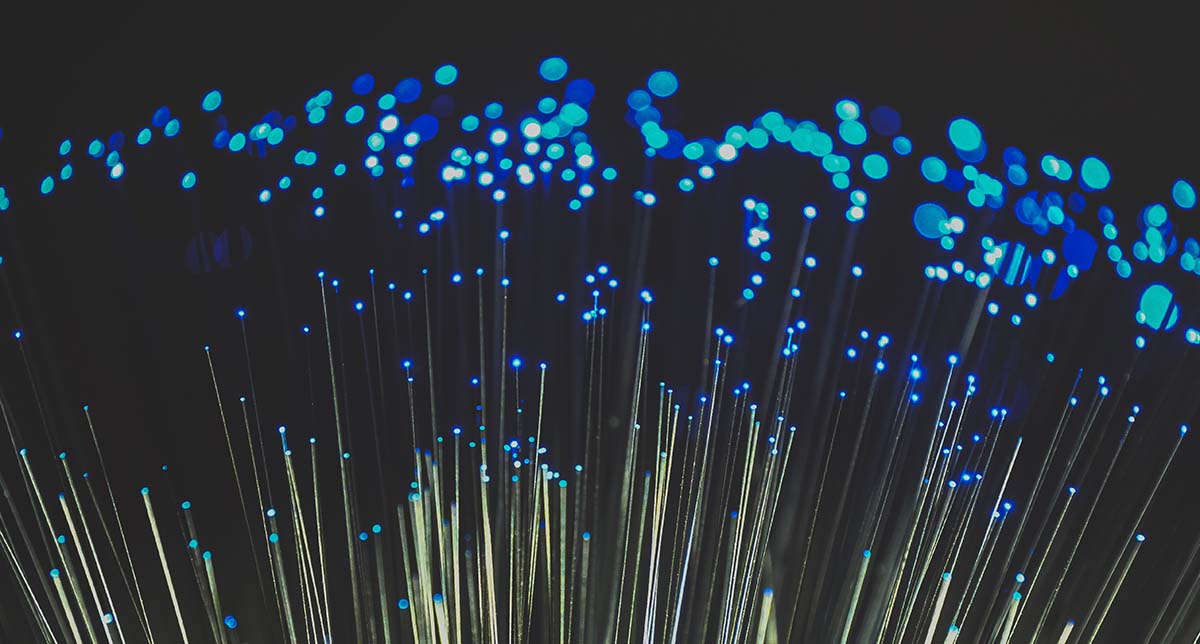
Single Mode Fiber (SMF)
Single mode fiber has a core size of 8.3µm to 9µm, which is smaller than in the multi mode fiber. It also has a single light path that can travel across long distances.
Utilizing a laser diode operating at a range of 1310nm to 1550nm, this cable is appropriate for a more lengthy span as well as telecommunications networks, and cable TV transmission.
Multi mode Fiber (MMF)
The multi mode fiber cable comes in two core sizes from 50µm to 62.5µm. The wider core permits this type of cable to carry numerous streams of data at a time. Its light source comes from VCSEL (Vertical Cavity Surface Emitting Laser) and LED (light-emitting diode).
The wavelengths of a multi mode fiber range from 850nm or 1300nm, which permits the carrying of high volumes of data at a short distance. This is made possible by favorable attenuation rates and high dispersion.
Which is Better Single Mode or Multi Mode Fiber Optic Cable?
Although the bandwidth is superior in the multi mode fiber cable, it does not necessarily mean that it is better than the single mode fiber optic cable. They each have their applications and are necessary for the infrastructure of a network.
Since you cannot interchange the two types, one is not better than the other. To understand the two types of cables better, let's review three key differences:
1. Structure
Visually, there is not much of a difference between the two cables, except that the multi mode is a slightly thicker core diameter to be able to carry many signals. To easily differentiate them, manufacturers have custom made colored fiber optic cables with distinct protective sheaths with single mode displaying an orange PVC jacket and aqua for the multi mode.
2. Operation Mode
The two types of cables transmit light differently. The single mode uses a straight path to transmit the light signal. The multi mode, on the other hand, operates by using light's reflection property. The reflection of the multi mode type prevents it from transmitting long-distance communications unlike the single mode, which does have this ability.
Because multi mode only travels short distances, it is used in medium-sized organizations and for inter-departmental uses.
3. Overall Cost
Multi mode fiber is more expensive than the single mode, but has a less expensive transceiver. There are creative ways to decrease costs such as using pre-terminated multi mode cables. Regardless, since the two types of cables have different applications, you cannot choose one over the other based on price, but rather, their application.
Wrapping Things Up
As you can see from reading this guide, there are key differences between single mode and multi mode fiber optic cables. They are both utilized for reliable data transmission at a high bandwidth. Becoming familiar with each of their limitations and abilities will guide you in making the best choice.
When setting up a network, it is a good idea to consult a system architect to assist you in building the correct network infrastructure. It is important to become informed so that your infrastructure performs up to present standards and can transform for future scalability.
SHOP ALL FIBER OPTIC CABLES HERE >>>
----


